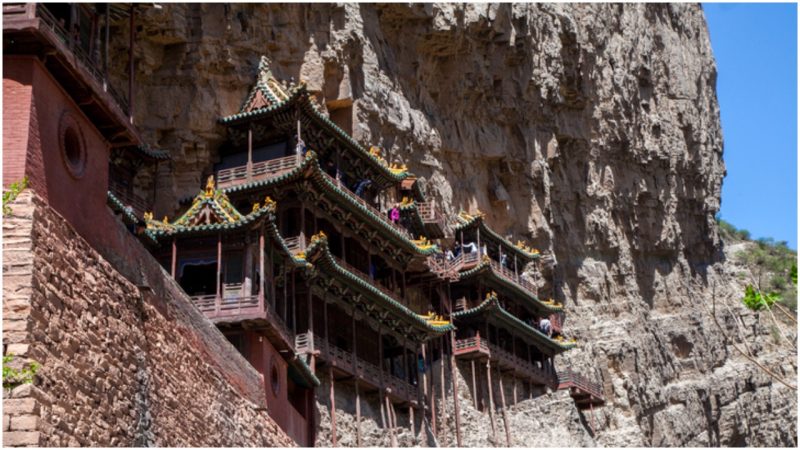The architecture of ancient China is without a doubt one of the most important in the world. These awe-inspiring ancient buildings profoundly influenced the architectural styles in almost every East Asian country, leaving a cultural and historical heritage we cherish today.
Ancient Chinese architectural styles made it possible for such wonders of the country as the Mausoleum of the First Qin Emperor, the Great Wall of China, and the Forbidden City, which have graced the landscapes of China for centuries.
Every single one of the many marvels throughout China has its own charm and beauty, but there is one that reaches another level–literally. Situated in Shanxi Province, about 40 miles southwest of Datong, the Hanging Temple, or Hanging Monastery, is an astonishing piece of architecture.
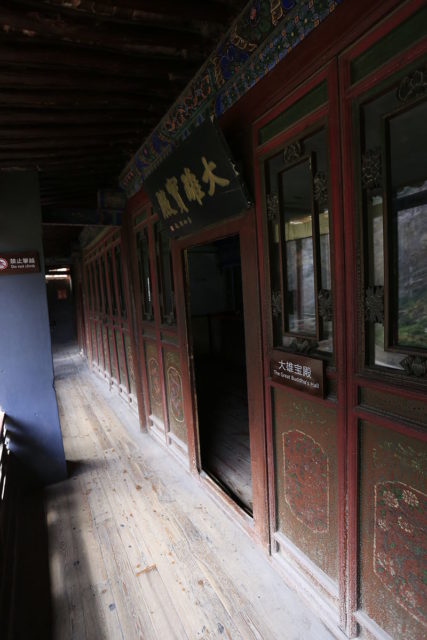
The gravity-defying Xuan Kong Si Hanging Temple is unlike any other place you’ve seen before, as it miraculously hangs on the cliff of Hengshan Mountain, about 246 feet above the ground.
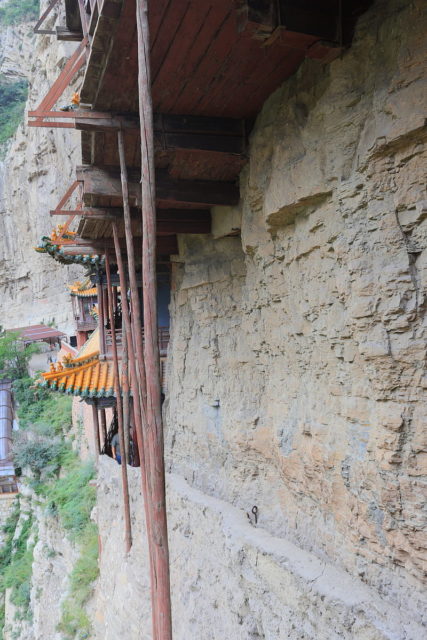
As much as it is a breathtaking sight it is also an engineering marvel, as it was built in 491 AD and has survived over 1,500 years, withstanding devastating storms and wind for more than 15 centuries. What is more fascinating, legend has it that it was originally constructed by only one man, a monk named Liao Ran, during the Wei Dynasty (386-584 AD).
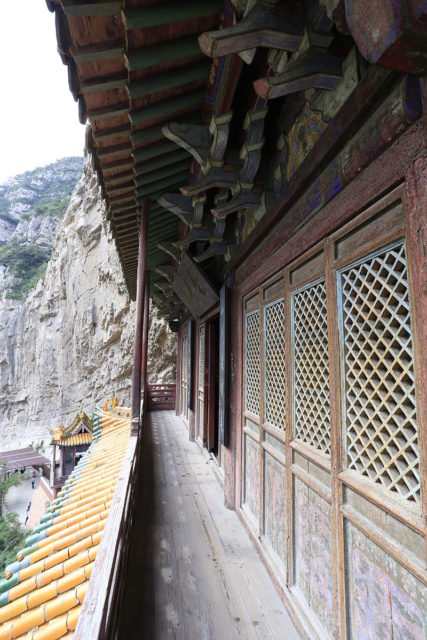
The vertical pillars that you see in the pictures were not there when Liao Ran finished building the monastery. They were added during the centuries that followed, mostly because many people were too scared to climb up to the monastery, thinking that it might fall without them.
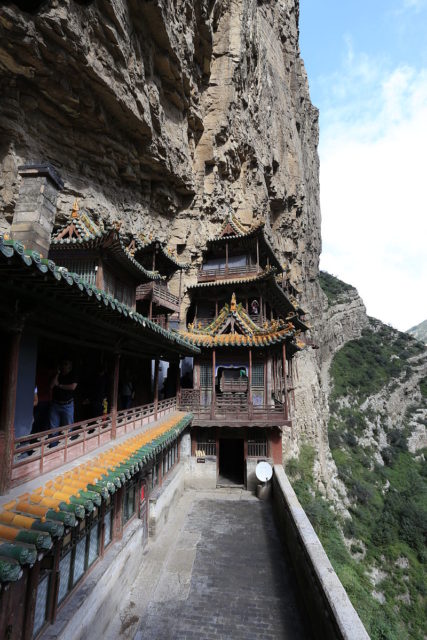
Even with all the modern technology and advanced methods of construction, it would be quite a challenge to build something similar to the Hanging Temple today and we can only imagine what it was like 15 centuries ago when the monastery was originally built.
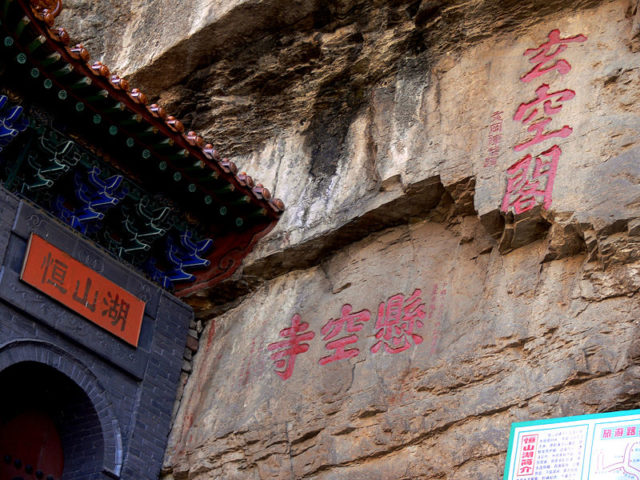
Avoiding floods was one of the main reasons Xuan Kong Si was built on a cliff high above the ground. Additionally, the top of the Hengshan Mountain protects it from heavy rain and snow. And being surrounded by the mountain offers much-needed protection from damaging sunlight.
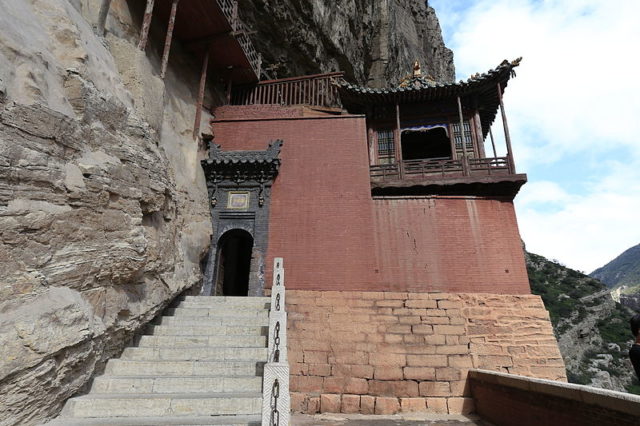
Apart from being an unforgettable sight, the Hanging Temple is also famous worldwide for its religious heritage. What makes it unique from a spiritual point of view is the fact that it is the only temple in China representing the three main religions: Buddhism, Confucianism, and Taoism.
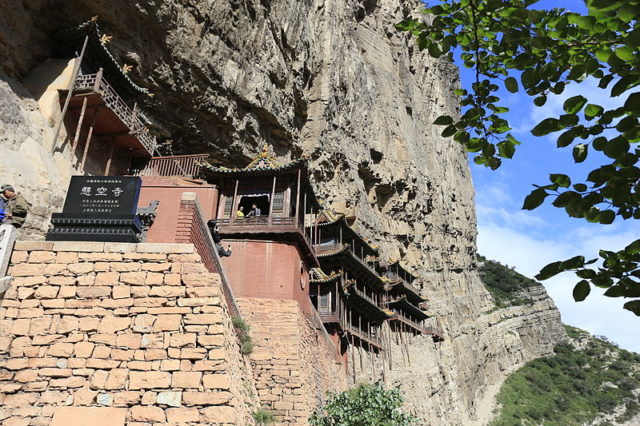
Representing China’s three main religions had its advantages and it is probably reason No. 1 why the Temple was left intact by different armies over the course of 1,500 years.
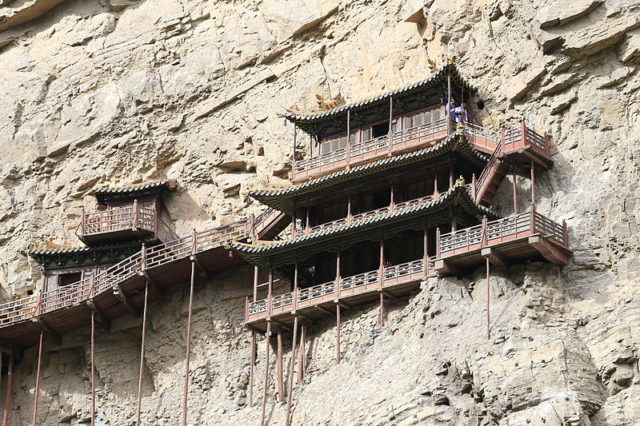
The 105-foot-long Hanging Temple consists of 40 halls, two pavilions (South Pavilion and North Pavilion), and a bridge connecting the pavilions. The halls are decorated with some 80 religious statues, with one of the halls containing statues of Sakyamuni, Confucius, and Lao-tzu.
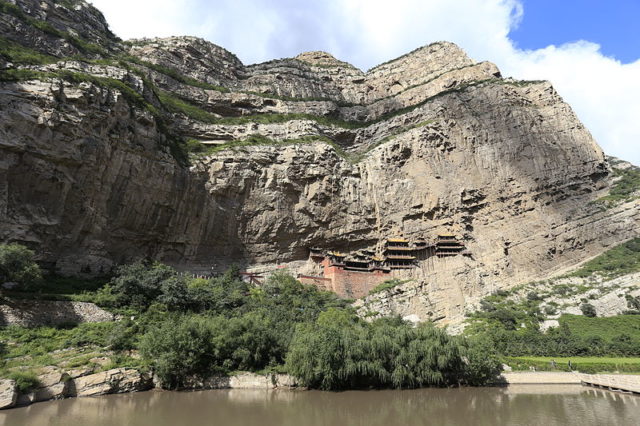
The biggest hall, as well as the tallest sculpture, can be found in the South Pavilion, while the statues of Sakyamuni, Confucius, and Lao-tzu, are placed in the North Pavilion.
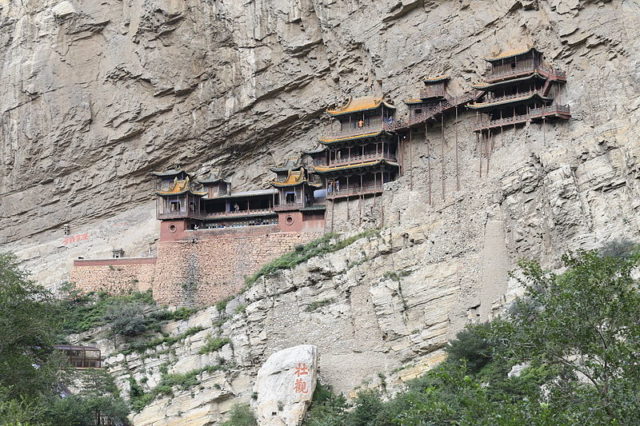
Over the centuries, the monastery has had many additions built, most notably during the 1500s, when many extensions were added to the construction, leading to its present-day scale. This mix of history, culture, and religion is a perfect symbol of the achievements and the greatness of the Chinese people.
Read another story from us: The Venice of the East: Zhouzhuang is China’s 900-year-old water town
Nowadays, the Hanging Temple is a tourist attraction in the Datong area, and as you can imagine it is a very popular destination for people from all over the world.
